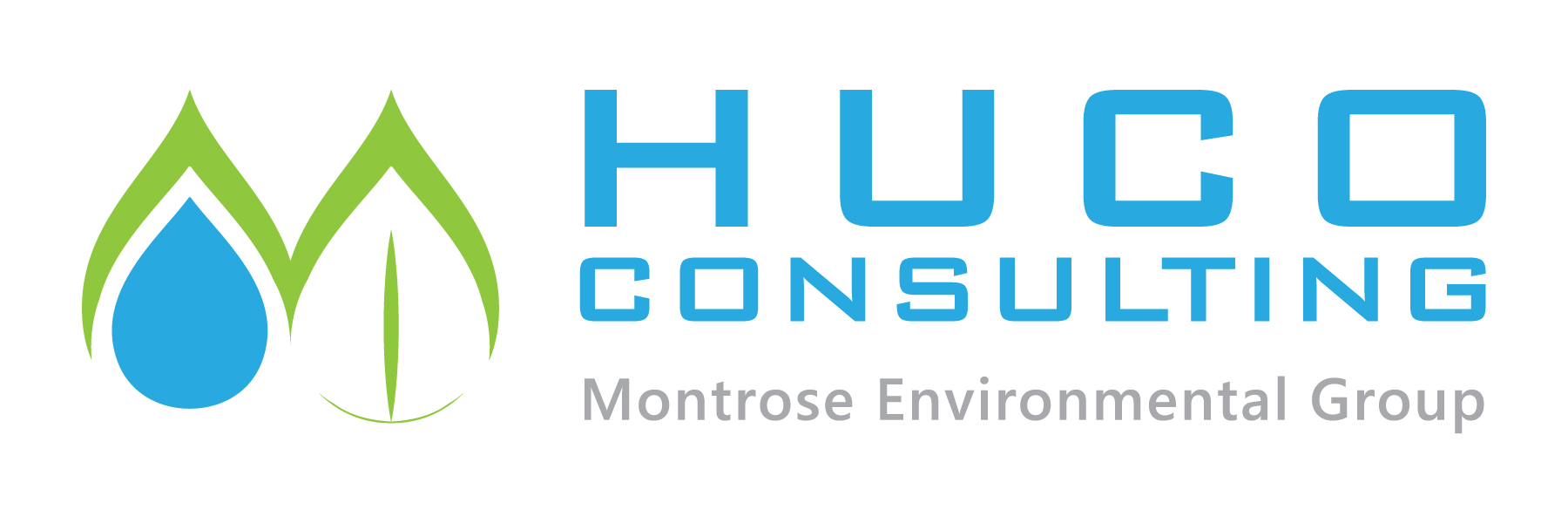
Huco Consulting Sept. 5, 2020
Press Release: Gensuite Partners with Huco Consulting to Offer Turnkey Permit Compliance Solution
We‘re excited to share the announcement of our partnership with Gensuite on our HuComply offering.
Together, Huco and Gensuite leverage proven systems and powerful software to strengthen businesses, empowering staff with a clear vision of EHS success and an action-ready plan to achieve it.
This partnership exemplifies Huco’s commitment to improving compliance and risk management through teamwork, and we look forward to working with Gensuite to equip frontline workers with the information and tools they need to achieve consistent compliance on the ground.
Read the press release here.


